Frank Gehry
Frank Gehry is widely regarded as one of the most influential and revered figures in modern architecture. He is known for ‘statement’ buildings that challenge preconceived ideas about aesthetics and form in a way that is as controversial as it is celebrated. Perhaps his most famous building is the Guggenheim Museum in Bilbao, a Deconstructivist masterpiece and one of the defining buildings of the 20th century.
Gehry was born in Toronto, Canada in 1929 and moved to Los Angeles in 1947, the city with which he is most commonly associated. He took an architecture course at Los Angeles City College, initially on a whim, and went on to graduate from the University of Southern California. After an abortive spell at the Harvard Graduate School of Design and a year studying in Paris, Gehry returned to Los Angeles and established Gehry Associates.
While initially working in the European-modernist style of Le Corbusier and the Bauhaus, he was drawn to the avant garde arts scene of Los Angeles’ Venice Beach and Santa Monica, and began to hone his own creative vision. He made a name for himself with a line of furniture called Easy Edges, and began to be commissioned to design buildings such as the Rouse Company headquarters in Columbia, Maryland, and the Santa Monica Place shopping mall.
His breakthrough came in the late-1970s when he renovated his own home, now known as the Gehry Residence, that with its unconventionally expressive use of chain-link fences and corrugated steel was seen as a showpiece for a new Deconstructivist style of domestic building. The attention gained by this work allowed him to incorporate new experimental designs into buildings such as the Cabrillo Marine Aquarium (1981) and the Air and Space exhibit building (1984), as well as buildings in Switzerland and Germany.
By the end of the 1980s, Gehry had established himself as a key figure in international architecture, known for his injection of playful elements into otherwise ‘serious’ designs. His reputation was secured on being awarded the prestigious Pritzker Architecture Prize in 1989.
In the early 1990s he designed the Chiat/Day Building in Los Angeles, with its distinctive binoculars entrance. In 1996 he built the ‘Dancing House’ in Prague with its twisting steel shapes and concrete paneling.
In 1997, he completed the Guggenheim Museum in Bilbao, Spain, with its sweeping titanium contours and irregular curves, that was widely regarded as a masterpiece of modernist architecture. The ‘Bilbao effect’ was a term derived from the socio-economic benefits that the city enjoyed as a result of the museum opening.
In a similar style he went on to design the Walt Disney Concert Hall (2003) in Los Angeles, and the Experience Music Project in Seattle.
He has since become one of the few architects whose critical acclaim and media visibility has branded him the title of ‘starchitect’. He is widely sought by developers for ‘statement projects’ that gain immediate, widespread attention simply because of his involvement.
Most notable buildings:
- Gehry Residence, Santa Monica, California.
- Binoculars Building, Venice, California.
- Dancing House, Prague, Czech Republic.
- Guggenheim Museum, Bilbao, Spain.
- Gehry Tower, Hanover, Germany.
- Experience Music Project, Seattle.
- Walt Disney Concert Hall, Los Angeles.
- 8 Spruce Street, New York.
[edit] Find out more
[edit] Related articles on Designing Buildings Wiki
Featured articles and news
UKGBC launch the UK Climate Resilience Roadmap
First guidance of its kind on direct climate impacts for the built environment and how it can adapt.
CLC Health, Safety and Wellbeing Strategy 2025
Launched by the Minister for Industry to look at fatalities on site, improving mental health and other issues.
One of the most impressive Victorian architects. Book review.
Common Assessment Standard now with building safety
New CAS update now includes mandatory building safety questions.
RTPI leader to become new CIOB Chief Executive Officer
Dr Victoria Hills MRTPI, FICE to take over after Caroline Gumble’s departure.
Social and affordable housing, a long term plan for delivery
The “Delivering a Decade of Renewal for Social and Affordable Housing” strategy sets out future path.
A change to adoptive architecture
Effects of global weather warming on architectural detailing, material choice and human interaction.
The proposed publicly owned and backed subsidiary of Homes England, to facilitate new homes.
How big is the problem and what can we do to mitigate the effects?
Overheating guidance and tools for building designers
A number of cool guides to help with the heat.
The UK's Modern Industrial Strategy: A 10 year plan
Previous consultation criticism, current key elements and general support with some persisting reservations.
Building Safety Regulator reforms
New roles, new staff and a new fast track service pave the way for a single construction regulator.
Architectural Technologist CPDs and Communications
CIAT CPD… and how you can do it!
Cooling centres and cool spaces
Managing extreme heat in cities by directing the public to places for heat stress relief and water sources.
Winter gardens: A brief history and warm variations
Extending the season with glass in different forms and terms.
Restoring Great Yarmouth's Winter Gardens
Transforming one of the least sustainable constructions imaginable.
Construction Skills Mission Board launch sector drive
Newly formed government and industry collaboration set strategy for recruiting an additional 100,000 construction workers a year.
New Architects Code comes into effect in September 2025
ARB Architects Code of Conduct and Practice available with ongoing consultation regarding guidance.
Welsh Skills Body (Medr) launches ambitious plan
The new skills body brings together funding and regulation of tertiary education and research for the devolved nation.
Paul Gandy FCIOB announced as next CIOB President
Former Tilbury Douglas CEO takes helm.






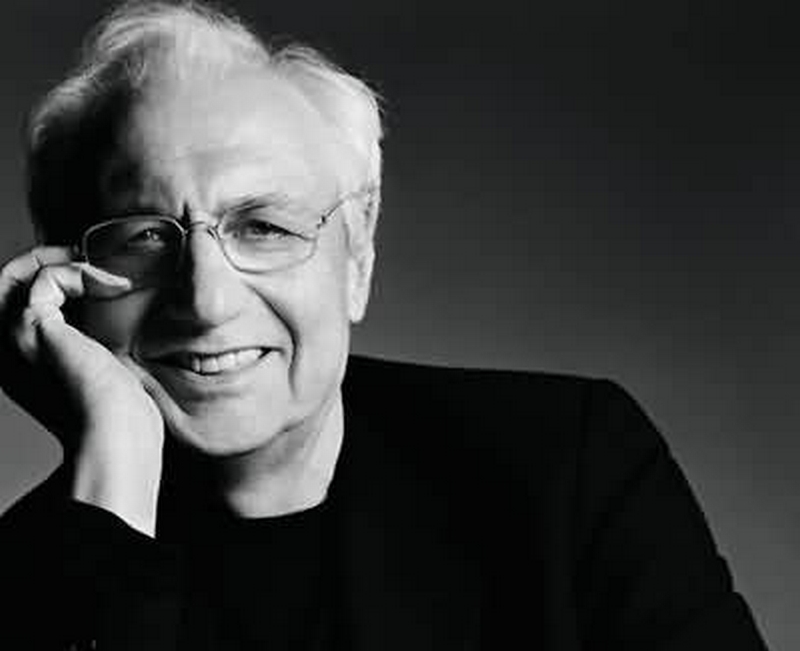
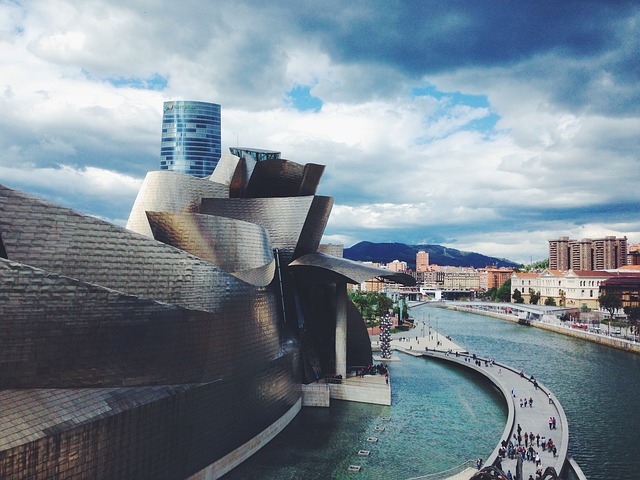
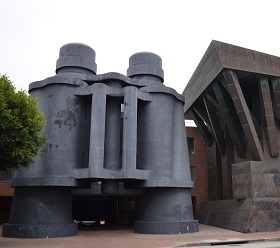
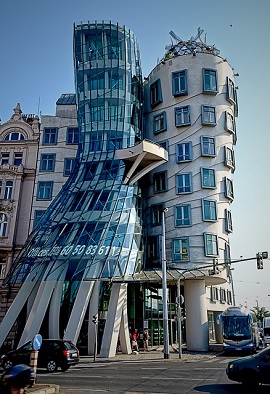
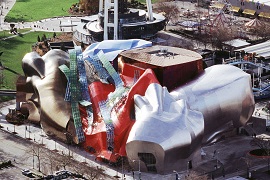
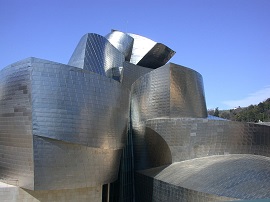
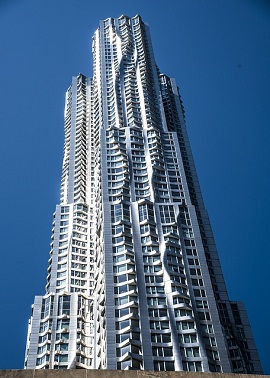
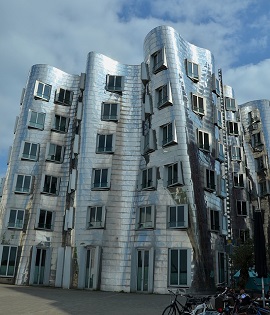
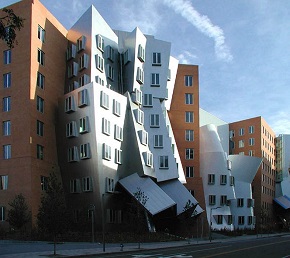




















Comments
Weisman Art Museum in St.Paul, MN & Eisenhower Memorial in Washington d.c. would greatly add to the tribute.